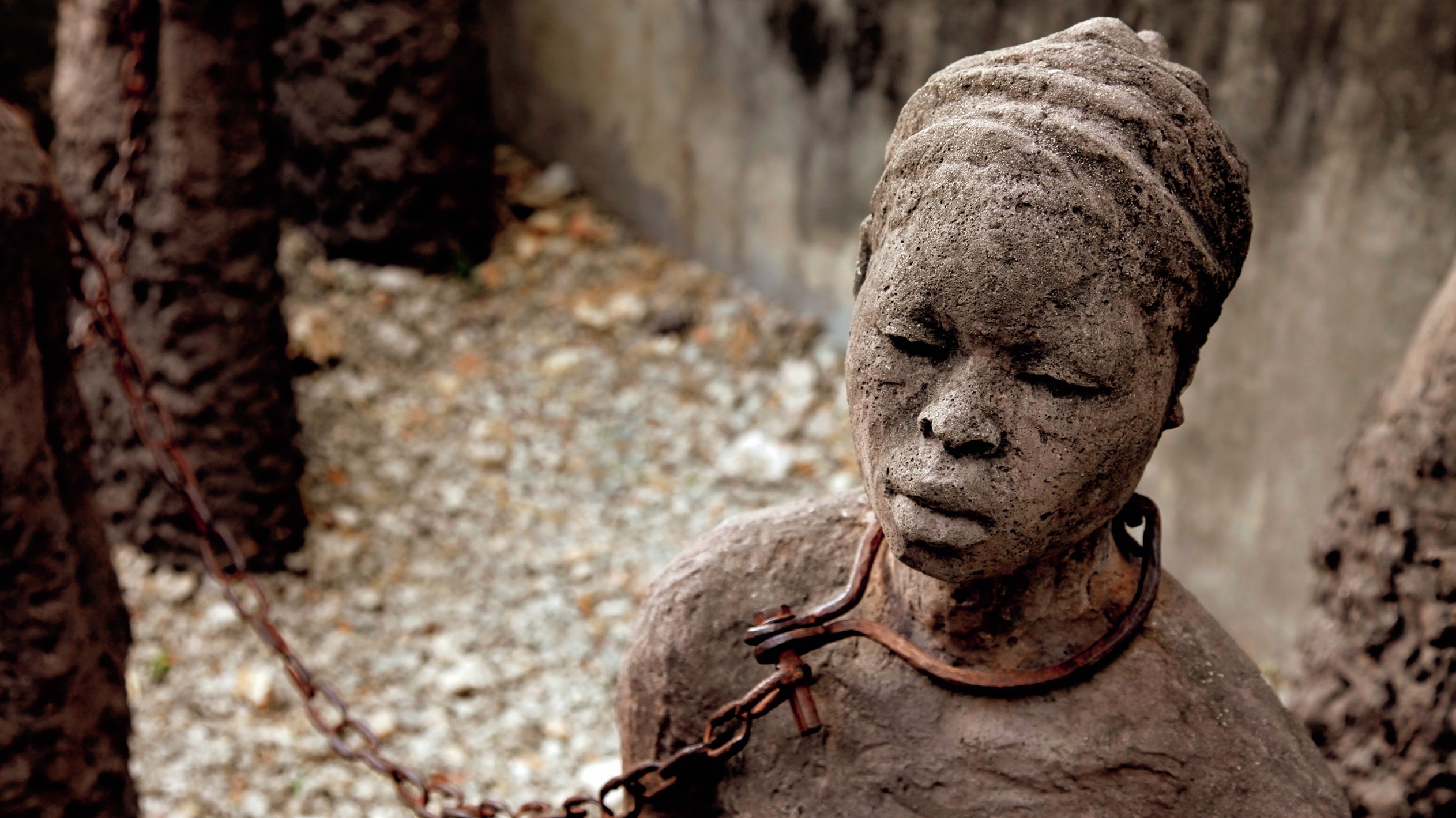
The premise of Toni Morrison’s Beloved is that Number 124 Bluestone Road is haunted. The titular ‘ghost’, Beloved, is the child of the novel’s protagonist and escaped slave, Sethe.
In 1867 Harper’s Weekly ran an engraving showing a young black woman standing over the dead body of her child. Four white slave hunters look on in shock. She points accusingly at her dead child as if to say: look what you’ve done. The engraving is based on the painting by Thomas Satterwhite Noble titled ‘The Modern Medea’. In the Greek myth, aggrieved and traumatised, Medea takes revenge for Jason’s betrayal by killing her lover’s new wife and her own children.
Real-life slavery
Noble took inspiration from the real-life story of Margaret Garner, the former slave who in 1855 killed her children rather than allowing them to be enslaved. This historical instance of infanticide inspired Toni Morrison to write Beloved (1987). In the character of Sethe, Morrison created one of the most complex figures in contemporary American literature. Sethe is the mother of several other living children, and comes under the spell of the ghostly Beloved, who causes havoc in Sethe’s domestic life.
In his article ‘Sethe’s Choice: Beloved and the Ethics of Reading’, James Phelan writes that to understand the novel’s themes ‘we need to come to ethical terms with Sethe’s choice to pull the handsaw across the neck of her daughter’ (Phelan 1998, p. 318). This decision shapes our understanding of both Sethe and her experience of slavery: she would rather her child die than suffer the agonies and indignities of slavery.
Much of our understanding of Sethe comes from other characters’ descriptions of her. During her escape, Sethe encounters Amy, a pregnant white fugitive whom she helps. Amy describes Sethe’s scarred back as a tree: ‘You got a mighty lot of branches. Leaves too, looks like, and dern if these ain’t blossoms’ (Ch. 8). This poetic description of the scarring and continued bleeding and infection caused by whipping suggests both the horror of Sethe’s experience on the slave plantation, and the beauty of friendship between the women. Later in the novel, while coming to terms with his love for Sethe, Paul D identifies with a friend’s description of love: ‘It’s good you know, when you got a woman who is a friend of your mind’ (Ch. 27). From these descriptions we learn that Sethe is scarred and traumatised, but that despite all she still has so much love to give.
Freedom at a price
According to literary critic Tessa Roynon, Morrison drew heavily on the ‘classical tradition’ of mythological gods and heroes in her work. For Roynon, Sethe is not just a mother faced with a terrible choice, but also a character through whom Morrison can depict ‘a tragic hero in order to explore the nature of freedom’ (Roynon 2013, p. 78). This echoes the title of Noble’s painting of Margaret Garner, the original inspiration for the story. Sethe, like Medea, is faced with an impossible choice, and chooses freedom at a terrible price.
RESOURCES
Phelan, J. (1998) ‘Sethe’s Choice: Beloved and the Ethics of Reading’, Style, Vol. 32, No. 2 (pp. 318–33).
Roynon, T. (2013) Toni Morrison and the Classical Tradition: Transforming American Culture, Oxford University Press.





